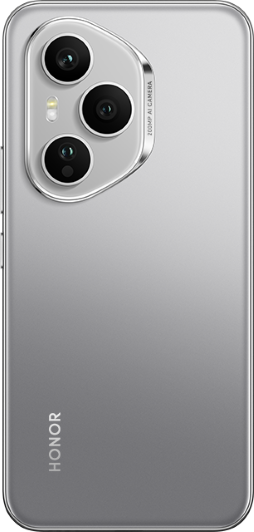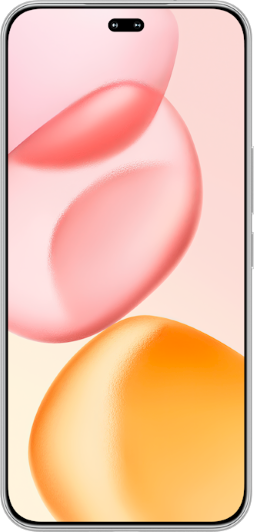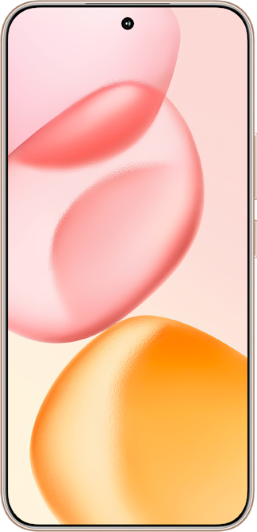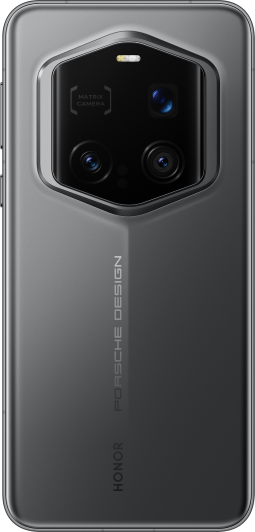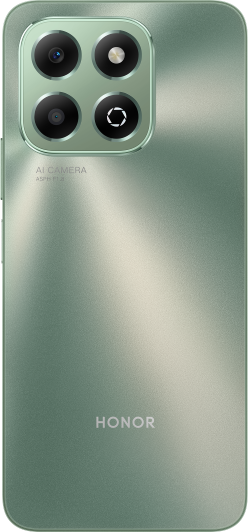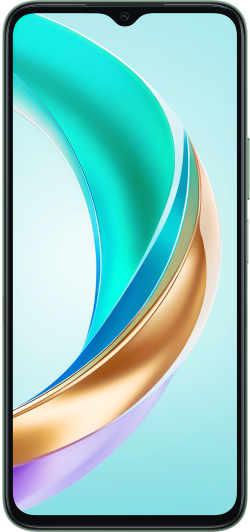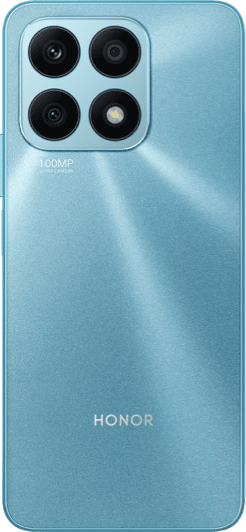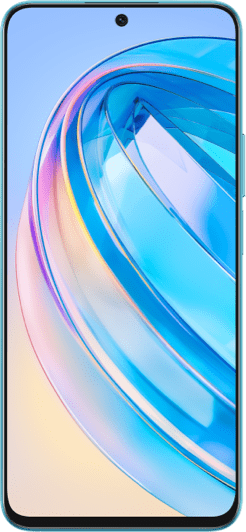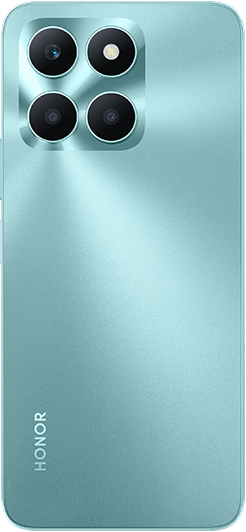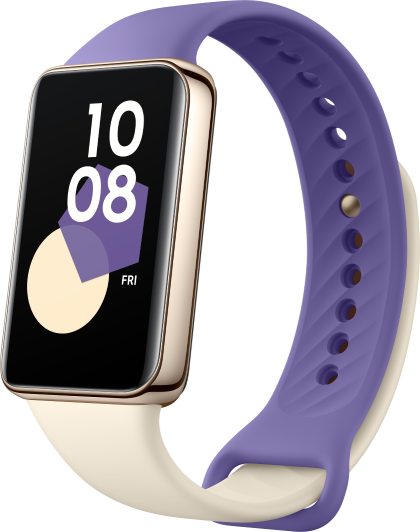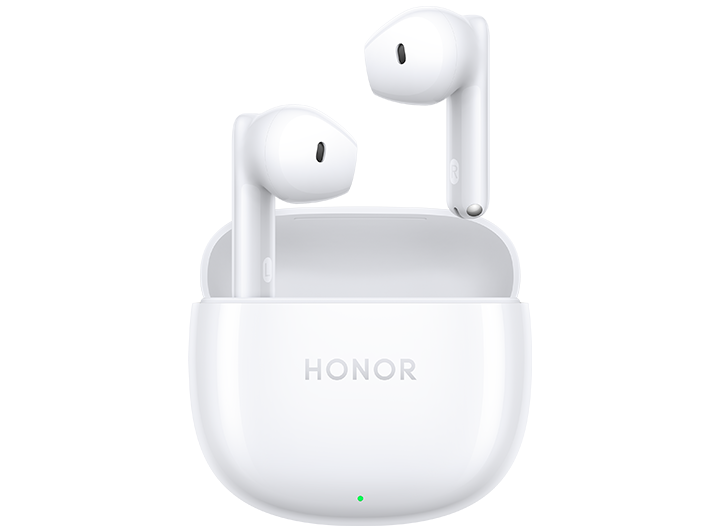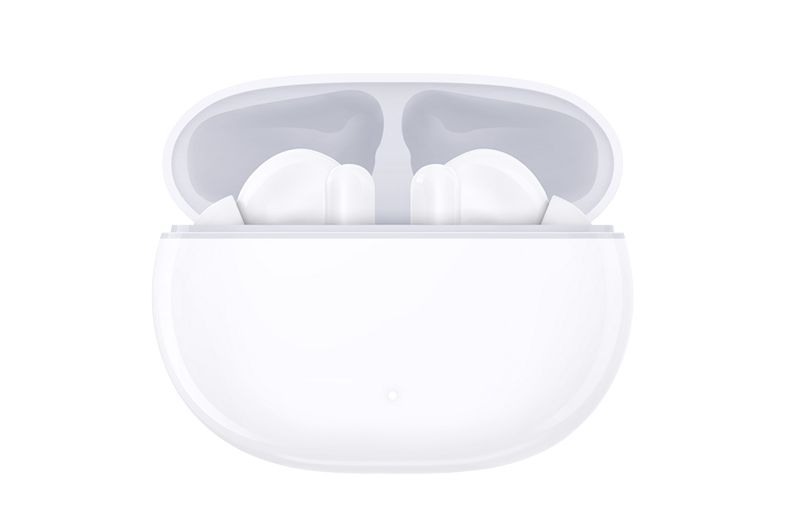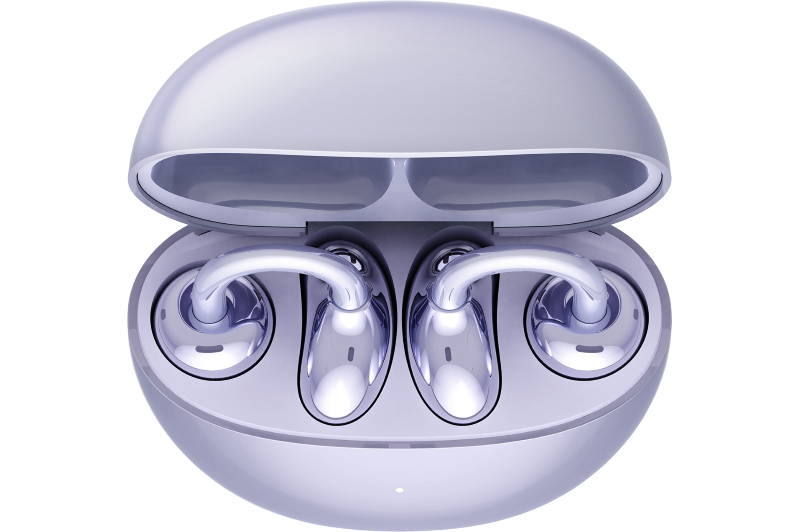TOP

我的荣耀 开启荣耀之旅
To log in to your account, you must first agree to the HONOR PLATFORM TERMS OF USE. If you do not agree, you may only browse the site as a guest.

How Foldable Phone Screen Revolutionizing Mobile Tech?
In recent years, the foldable phone screen has emerged as a game-changing innovation in the world of smartphones. This groundbreaking technology pledges to revolutionize the way we interact with our devices. In this article, we will go into the fascinating world of foldable phone screens, exploring the science behind them, the innovative materials involved, and sharing tips on how to ensure your foldable screen remains in pristine condition.
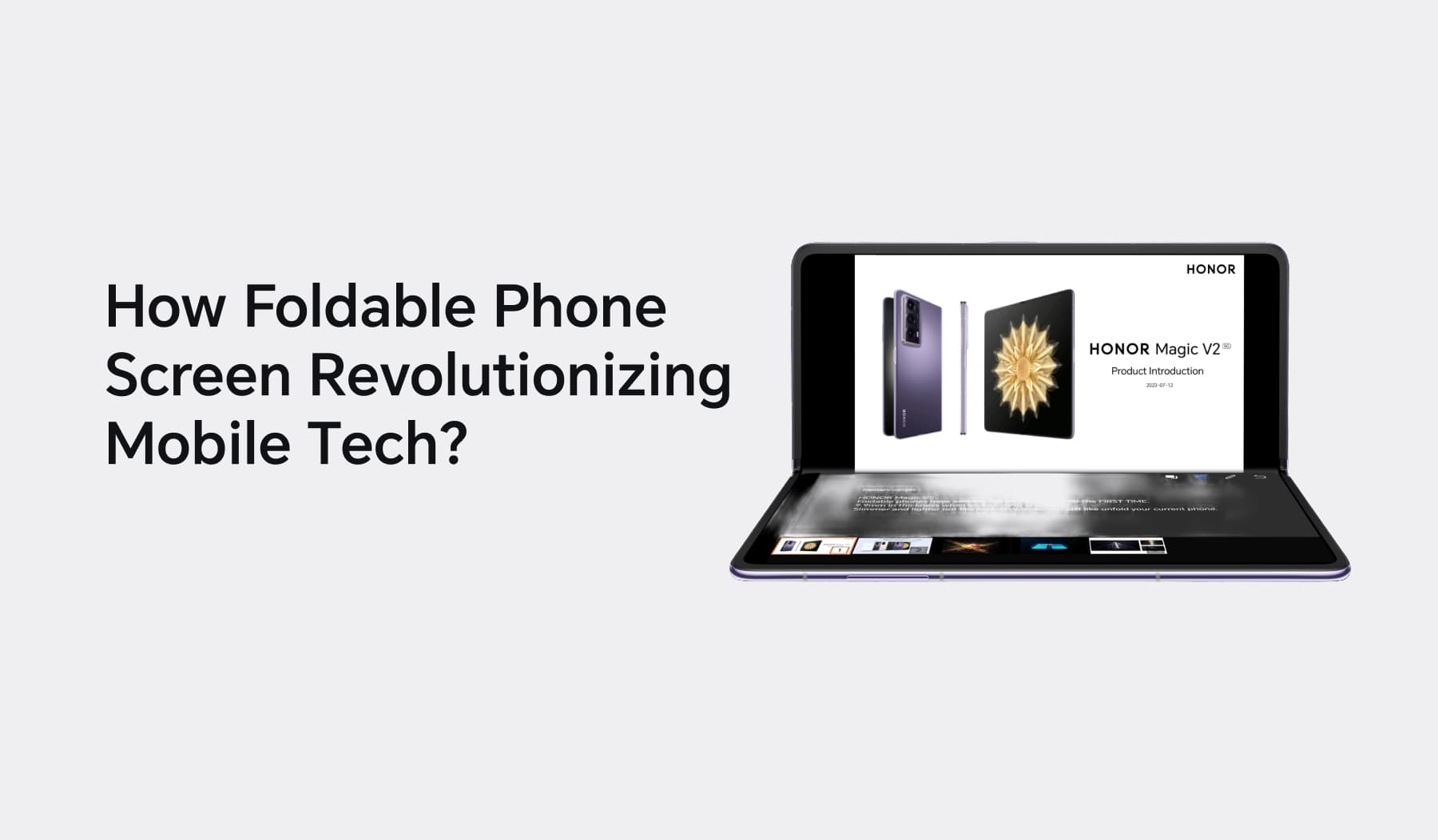
How Do Foldable Phone Screens Work?
The working principle behind foldable phone screens lies in a marvel of modern engineering: a solid state display or "flexible" display technology which bends without damaging the integrity of the image being viewed. At a microscopic level, a foldable screen is a composition of tiny pixels that transmit varying colors of light. Unlike a regular glass-based display, the base structure of a foldable phone screen employs a flexible plastic material. Instead of fracturing when flexed, it simply bends, whilst carrying along with it the immersive, vivid image you're enjoying.
Unfolding the phone doesn't just bend the screen; it reveals an expanded viewing area internally connected by a software algorithm that ensures seamless content transition. This is all made possible by an advanced foldable phone screen system which is a careful blend of hardware design, specialized materials, and well-orchestrated software programming. Foldable phone screen technology not only hinges on physical flexibility but also the intelligent application of software to utilize this physical ability, thus providing a versatile, interactive user experience.
Materials and Technology Used in Foldable Phone Screens
Here are some of the primary materials and technologies used in the production of foldable phone screens:
Flexible Display Technology
At the heart of foldable phone screens is the flexible display technology. Enabled by the use of organic light-emitting diode (OLED) panels, this technology is characterized by thin, pliable screens that can adapt to a fold without interrupting the image displayed. The OLED panels are made up of thin organic materials sandwiched between two conductors. The absence of a rigid glass layer that typifies traditional LED or LCD screens endows these OLED panels with their flexible nature. Hence, an electrical current can induce the organic materials to emit light, and the display can be folded without affecting image rendering.
Protective Layers
Surrounding the OLED layer are a series of protective layers aimed at preserving the integrity of the foldable display. These include a flexible adhesive to bond the various elements together, a smudge-resistant outer layer, and most importantly, a plastic polyimide (PI) film which is not only flexible but is also capable of withstanding high temperatures. These protective layers, while not as hard as glass, deliver sufficient protection against the stress of regular folding and unfolding, yet remain flexible enough to accommodate the bend.
Hinge Mechanism
The hinge mechanism is a crucial component of foldable phone screens, securing the phone in both its folded and unfolded states and facilitating seamless transitions between the two. This mechanism often involves the use of several interlocking gears housed within the phone's body, ensuring the screen folds in a coordinated, controlled manner. It's a piece of mechanical ingenuity that must be precise, durable yet subtle enough to not impede the aesthetic appeal or the slender form factor of the device.
Ultra-Thin Glass
It represents a significant advancement in foldable screen technology. Unlike traditional glass, UTG is crafted to be only a few micrometers thick, which allows it to maintain a level of flexibility while still providing the tactile sensation and clarity users expect from high-end smartphone screens. This unique combination of thinness and flexibility ensures that the display can be folded and unfolded thousands of times without losing its structural integrity or visual clarity. In addition to its physical benefits, UTG also offers a premium feel that closely mirrors the experience of traditional smartphone screens, making it a cornerstone in the evolution of foldable devices.
How to Properly Maintain the Screen of Your Foldable Phone?
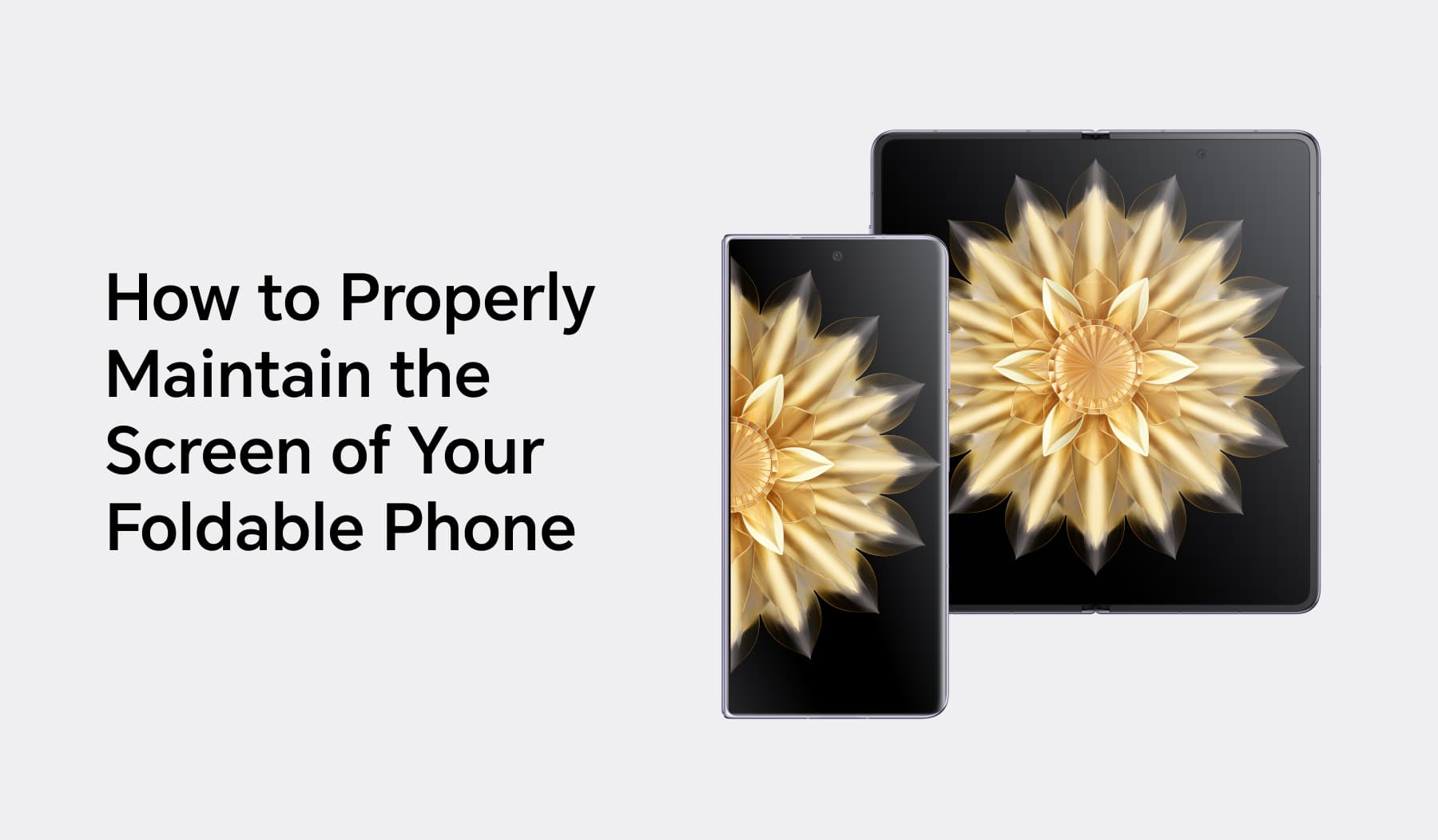
1. Avoid Sharp Objects: Keep your foldable phone away from sharp objects like keys, pins, coins, or pens as they may scratch or penetrate the screen.
2. Gently Clean the Screen: Clean with a microfiber cloth. Avoid excessive wiping, which might affect the screen brightness.
3. Avoid Excessive Pressure: Do not apply too much pressure while using or cleaning as it may damage the OLEDs underneath the protective layers.
4. Protect from Elements: Keep your device away from water and dust. Not all foldable phones are water-resistant.
5. Avoid Extreme Temperatures: High/low temperatures can cause display deformation or degradation. Always store your device in a moderate temperature environment.
6. Use a Compatible Screen Protector: Only use screen protectors compatible with your specific foldable device. Incorrect ones may affect the folding capability or damage the screen.
7. Regular Maintenance: Regularly get your phone checked for any possible hardware issues including the hinge mechanism for smooth functionality.
8. Fully Open Before Using: Always ensure your phone is fully open before using. This reduces stress on the hinge and prevents accidental damage.
9. Avoid Magnetic Materials: Keep your phone away from magnetic materials to prevent interference with its operation.
10. Follow Manufacturer Instructions: Always adhere to specific instructions given by your device manufacturer. They design these based on the specific construct and sensitivity of your device.
Speaking of foldable phones, it's hard not to mention the state-of-the-art HONOR Magic V2. This uniquely designed smartphone features a foldable 7.92-inch inner OLED display and a 6.43-inch external OLED display, both boasting a refresh rate of up to 120 Hz.
At the heart of HONOR Magic V2 is the powerful Octa-core Snapdragon 8 Gen 2 processor paired with various memory options, including a whopping 16GB+1TB Ultimate edition. Photography enthusiasts would appreciate its triple rear camera setup, including a 50MP wide and ultra-wide camera and a 20MP telephoto camera. With a 5000 mAh battery capacity and the HONOR 66W SuperCharge, you're equipped for prolonged usage and quick charging times. And, of course, it supports the latest network standards--5G, ensuring fast and stable connectivity.
Conclusion
To wrap up, the careful use of a foldable phone screen opens up a new world of tech convenience and flexibility, enhancing your smartphone experience. The triumph of innovation underpinning this technology manifests in the development of materials science and engineering. Understanding the workings, benefits, and maintenance protocols can maximize your device's lifespan, thereby ensuring you get the most out of your investment in a foldable phone screen.
FAQ
Here are some commonly asked questions about foldable phone screen.
What Are Foldable Phone Screens Made Of?
Foldable phone screens are typically made from a combination of various layers of materials designed to enhance durability and flexibility. The primary core layer is usually a plastic polymer, which is often flexible and resilient enough to allow repeated folding and unfolding actions without cracking or breaking like conventional glass screens.
Do Foldable Phones Have Glass Screens?
While most traditional smartphones employ glass screens, foldable phones generally do not use traditional glass due to its inflexibility. However, technological advancements have led to the development of ultra-thin, bendable glass-like substances that some companies use instead of the polymers typically used in foldable screens. It is important to note, however, that this is not 'glass' in the traditional sense, but a new kind of material engineered to mimic the durability and clarity of glass while providing the flexibility necessary for foldable design.
How Many Times Can You Fold and Unfold the Screen of Your Foldable Phone?
The number of times you can fold and unfold the screen of your foldable phone largely depends on the quality and design of the device. Current foldable phone technology typically ensures a minimum of approximately 100,000 to 200,000 folds and unfolds. This means, in theory, if you open and shut your phone 100 times a day, it should last between three to five years. However, real-life usage may be different due to various factors like material wear and tear, user handling, and environmental conditions.
Source: HONOR Club

Subscribe To Our Newsletter - Discover HONOR
Please accept HONOR Platform Privacy Statement.
By entering your WhatsApp number, you agree to receive commercial information on WhatsApp about HONOR products, events, promotions and services. For more details, please see our privacy policy.
Please accept HONOR Platform Privacy Statement.
I agree to receive the latest offers and information on HONOR products, events and services through third-party platforms (Facebook, Google). I may withdraw my consent at any time as indicated in the Privacy Statement.
Contact

Mon-Sat: 09:00 – 18:00. (Except on national holidays).
Third Floor, 136 George St., London, W1H 5LD, United Kingdom.
Copyright © HONOR 2017-2025. All rights reserved.







